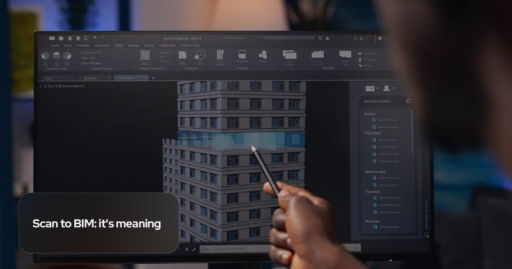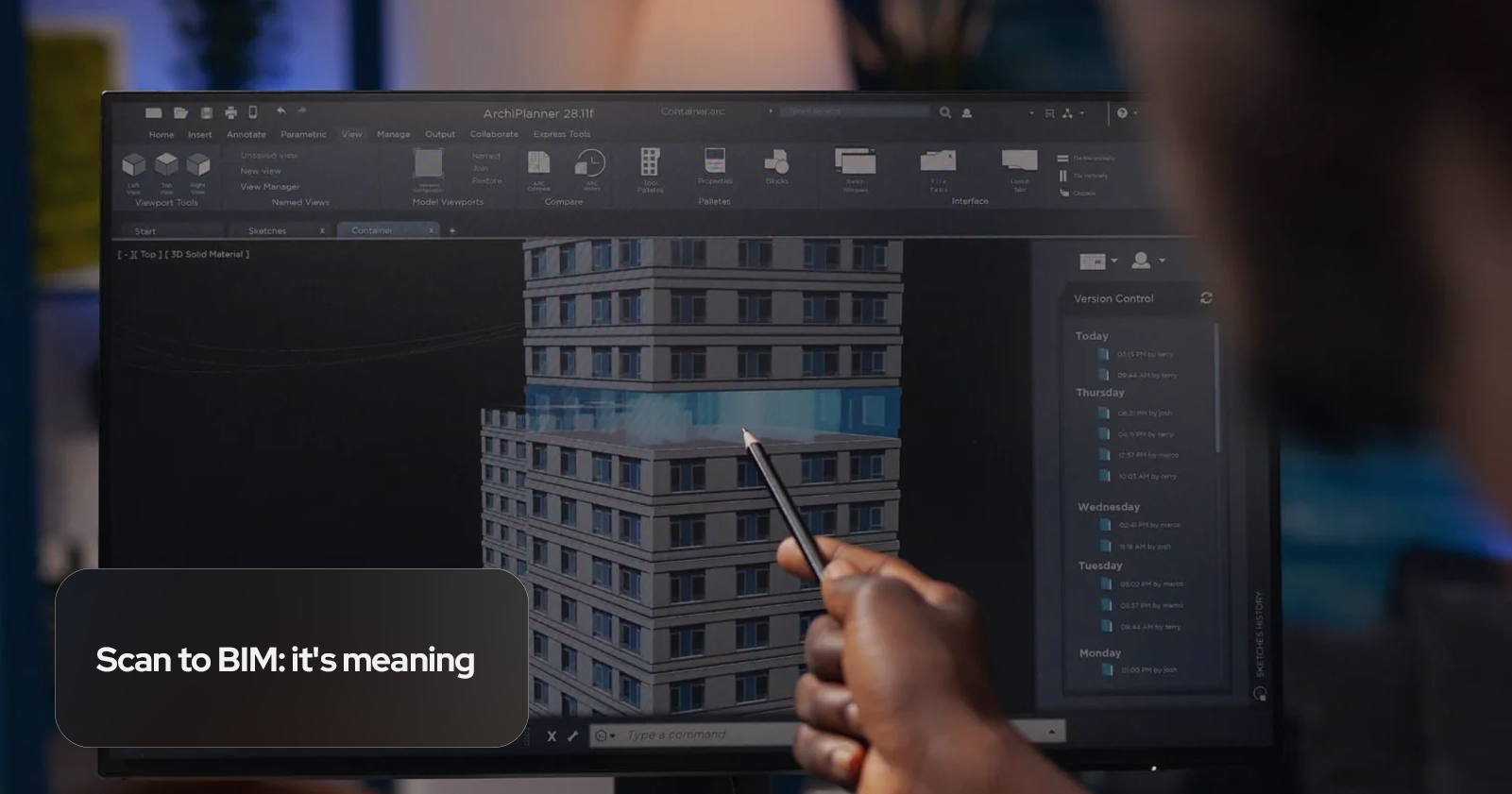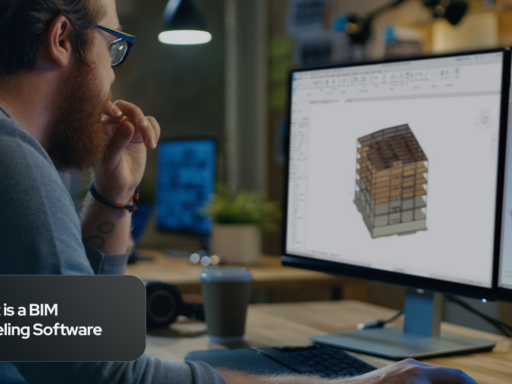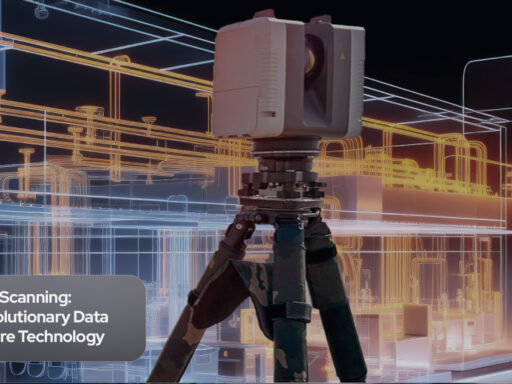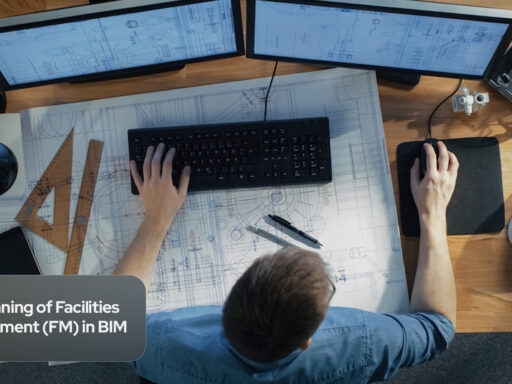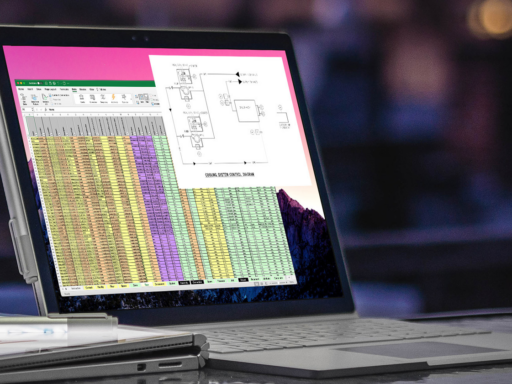Scan to BIM is a process that involves capturing physical structures or spaces using 3D scanning technology and converting the data into a digital Building Information Model (BIM).
This allows for a more accurate representation of the existing conditions of a building or infrastructure project.
“After years immersed in the Scan to BIM realm, I’ve transformed physical structures into intricate digital landscapes, achieving remarkable project detailing through the power of this transformative technology.”
-Matias Andreozzi, BIM Architect.
How does it work?
Scan to BIM utilizes point cloud data, enabling architects, engineers, and construction professionals to create detailed 3D models that can be used for design, analysis, and renovation projects.
How is the Scan to BIM process?
Its process can be divided into four stages: data collection, registration, modeling, and validation. Each stage plays a crucial role in ensuring the accuracy and quality of the final BIM model.
- Data Collection: Before starting a Scan to BIM project, it is important to understand how the data will be used, this allows you to focus on collecting useful information and avoid the unnecessary.
- Registration: Once the scan data is collected, it needs to be registered to align the individual scans and create a unified point cloud. This step ensures that the data is accurately represented.
- Modeling: After registration, the point cloud data is used to create a 3D model in the BIM software. This model includes accurate measurements, geometry, and other relevant information extracted from the scan data.
- Validation: The final stage involves validating the BIM model against the original scanned data. This step ensures that the model accurately represents the existing conditions and can be used for further analysis and design.
Which are the most common problems that scan to BIM can solve?
- Data collection: Collecting accurate data for scan-to-BIM can be time-consuming and requires careful planning.
- Incomplete or unreliable information: In the design phase, using incomplete or unreliable information can lead to errors in the BIM models of existing buildings.

